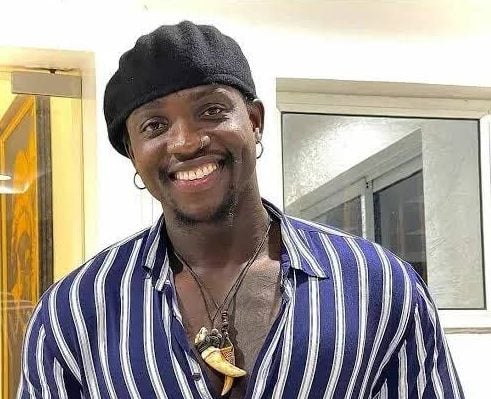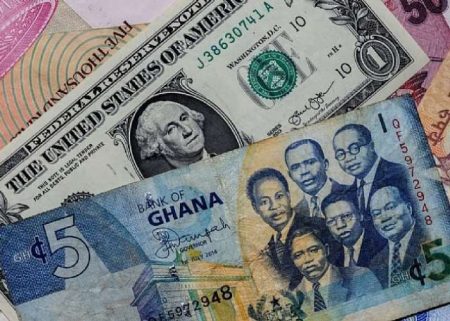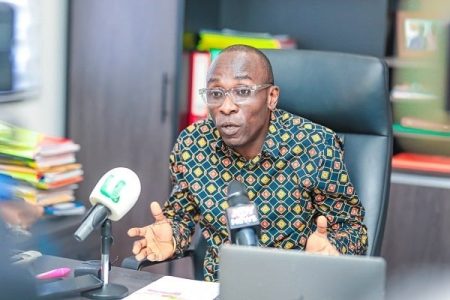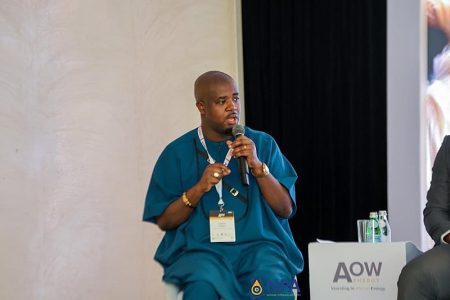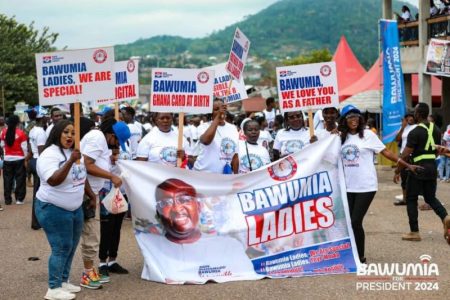Martins Vincent Otse, widely recognized by his online pseudonym “VeryDarkMan” or VDM, a prominent Nigerian social media influencer, found himself entangled in a legal and public relations imbroglio following his arrest by the Economic and Financial Crimes Commission (EFCC). The incident, which unfolded rapidly and garnered significant attention across social media platforms, stemmed from a series of events initiated by VDM’s public criticism of Guaranty Trust Bank (GTB). He alleged that the bank had facilitated unauthorized transactions from his mother’s account, a claim that would ultimately escalate into a confrontation involving law enforcement and legal representatives.
VDM’s initial grievance against GTB, aired publicly, accused the bank of negligence and possibly complicity in the unauthorized access to his mother’s account. The details of these transactions, the amount involved, and the specific nature of the alleged security breach remain unclear in the immediate aftermath of his arrest. However, it is evident that VDM’s public pronouncements against the bank played a pivotal role in the subsequent events. His decision to use his substantial social media following as a platform to voice his complaint suggests a level of frustration with the bank’s response, or lack thereof, to his initial concerns. This public pressure tactic, while potentially effective in drawing attention to his issue, appears to have backfired, culminating in his arrest.
The circumstances surrounding VDM’s arrest remain contested. While initial reports suggested direct involvement by GTB in the arrest, subsequent information provided by activist attorney Deji Adeyanju painted a more complex picture. Adeyanju’s account alleges that GTB confined VDM within the bank’s exit door for an extended period, seemingly to facilitate the EFCC’s apprehension of him and a companion. This depiction portrays GTB as actively collaborating with law enforcement, a detail that significantly alters the narrative surrounding the arrest. It raises questions about the legality and propriety of the bank’s actions and introduces the possibility of legal repercussions for GTB.
The involvement of Deji Adeyanju, a well-known legal and human rights activist, adds another layer of complexity to the situation. Adeyanju’s public updates on VDM’s case signal the potential for a legal battle against both GTB and potentially the EFCC. His assertion that legal action will be taken against GTB for the “inhumane treatment” of their client suggests a focus on the alleged confinement within the bank’s premises. This legal challenge will likely delve into the specifics of the interaction between GTB and the EFCC, aiming to determine whether the bank acted within its legal bounds and whether VDM’s rights were violated during the course of his arrest.
VDM’s refusal to emerge from his cell and his unwillingness to meet with anyone, as reported by Adeyanju, further complicates the situation. This recalcitrance could be interpreted in several ways. It may be a manifestation of his distrust in the authorities, a consequence of the perceived injustice of his arrest, or a strategic decision advised by his legal team. Regardless of the reason, his refusal to communicate directly adds to the uncertainty surrounding the case and underscores the tense atmosphere surrounding the incident.
The VDM case highlights the complex interplay between social media influence, corporate power, and law enforcement in contemporary Nigeria. It raises critical questions about the boundaries of free speech online, the responsibilities of financial institutions in handling customer complaints, and the appropriate use of law enforcement powers in addressing disputes between individuals and corporations. The legal battle that is likely to ensue will be closely watched, as its outcome could have significant implications for the way similar situations are handled in the future. This case serves as a cautionary tale about the potential consequences of public online disputes escalating into legal confrontations, particularly in a climate where social media influence can be both a powerful tool and a potential liability.





